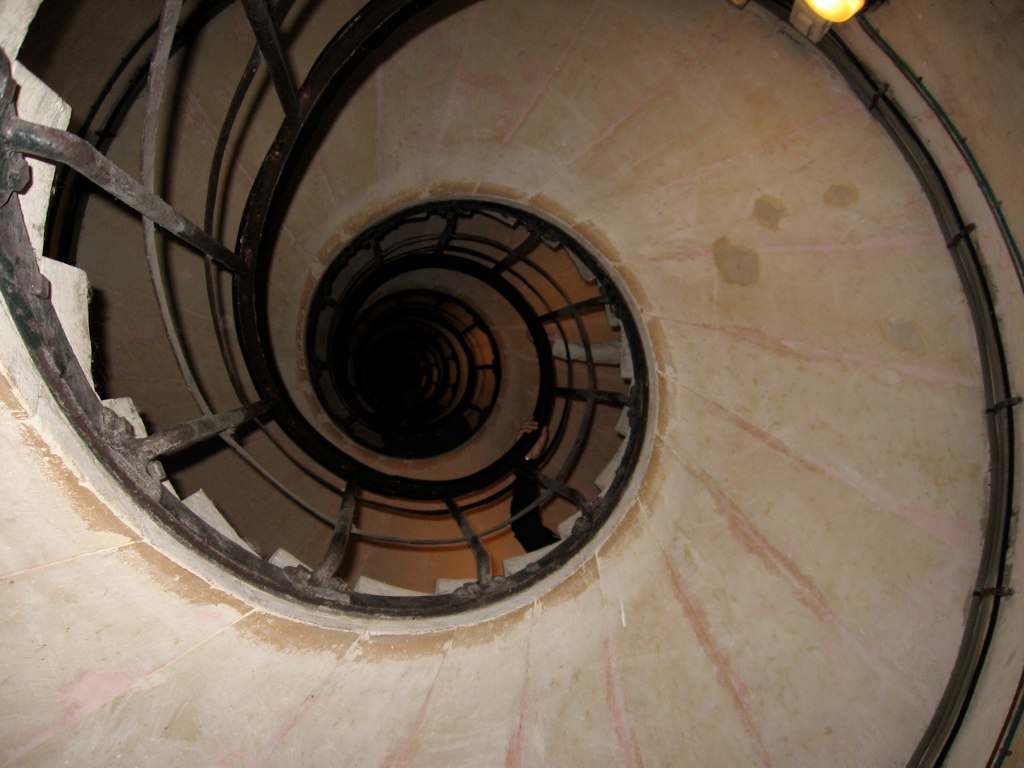
Eastern World: The Dominant Intermixing of Philosophy, Religion, Culture, Medicine and Psychology
As we approach a quite different set of assumptions regarding psychopathy, we must begin with the observation that there was no Christian Church against which to operate in Asia. There were many competing spiritual perspectives—ranging from the Jain and Buddhist perspectives that were founded in India to the Confucius and Daoist perspectives of China (and the variants on these diverse perspectives that emerged in other Asian countries, such as Japan, Korea, Thailand and Taiwan). What was common to all of these perspectives was a lack of boundaries between disciplines that are often differentiated in Western societies: philosophy, religion, medicine, psychology and (more generally) traditional cultural practices.
The Eastern societies also can be distinguished from Western societies in that many of them have tended to focus more on the distribution and flow of energy (often called “chi” in Chinese) rather than the flow of fluids when attending to the elusive processes of psychopathy. In the Chinese language, chi (or qi) is synonymous with breath. Thus, at some level, psychopathy can be attributed to a blockage of breath and its treatment often requires some form of “breath work.” As we dig more deeply into the concept of chi, the role played by breath becomes even more profound. Much as in the Judaic focus on breath, there is a sense in many Asian cultures of breath being equated to the fundamental life force – we “breath life” into all living forms. Thus, psychopathy becomes at a very basic level, the disruption of energy that is providing life. Psychopathy is about non-breath – it is a gasping for air and a struggle for the sustenance of life.
There are many other Asian cultures that focus on energy and life force. In Japan, for instance, this energy is called ki, whereas in India, this life force energy is called prana. Medicine and healing centers on energy in each of these Asian cultures. Energy (chi) is life, while death is the absence of energy. Traditional Chinese Medicine is based on the act of balancing chi and bringing chi more fully into the life and body of the person being treated. Just as Western medicine traditionally thought of psychopathy (and many other illnesses) as a blockage in the flow of fluids through the body, so we find a similar perspective in Eastern medicine of blocked energy.






